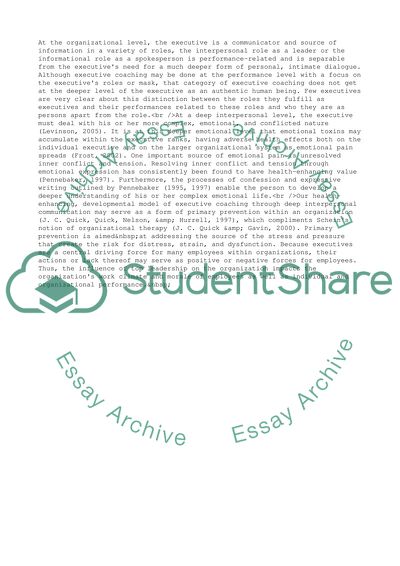Cite this document
(Interpersonal Communication Coursework Example | Topics and Well Written Essays - 2250 words, n.d.)
Interpersonal Communication Coursework Example | Topics and Well Written Essays - 2250 words. https://studentshare.org/business/1712181-interpersonal-communication
Interpersonal Communication Coursework Example | Topics and Well Written Essays - 2250 words. https://studentshare.org/business/1712181-interpersonal-communication
(Interpersonal Communication Coursework Example | Topics and Well Written Essays - 2250 Words)
Interpersonal Communication Coursework Example | Topics and Well Written Essays - 2250 Words. https://studentshare.org/business/1712181-interpersonal-communication.
Interpersonal Communication Coursework Example | Topics and Well Written Essays - 2250 Words. https://studentshare.org/business/1712181-interpersonal-communication.
“Interpersonal Communication Coursework Example | Topics and Well Written Essays - 2250 Words”. https://studentshare.org/business/1712181-interpersonal-communication.


